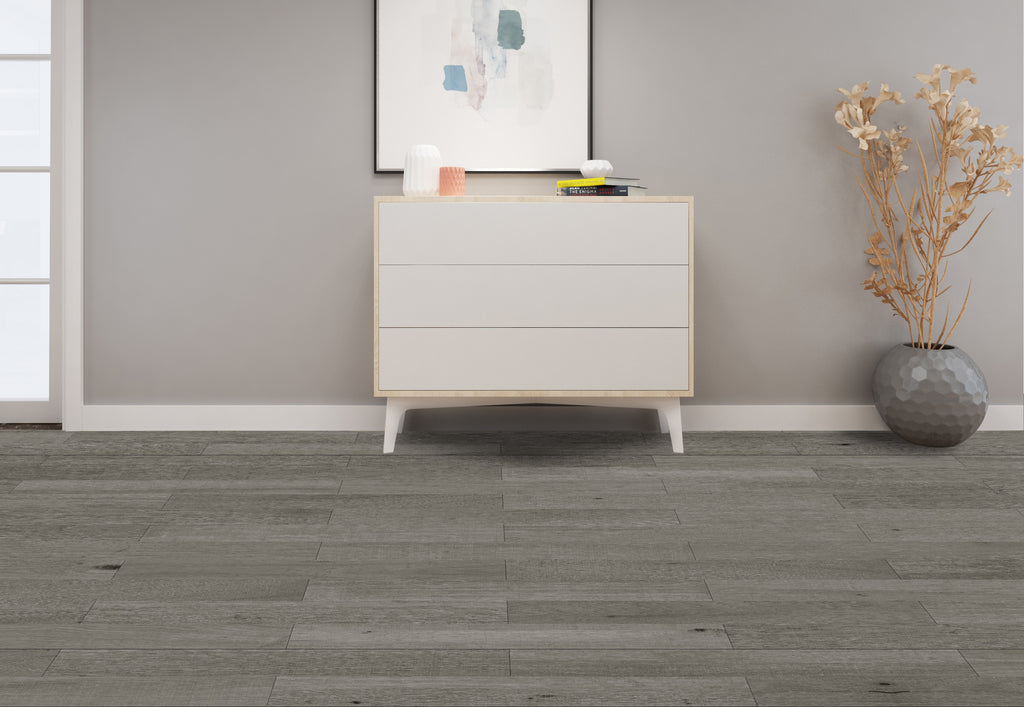How to Measure a Floor for a Flooring Installation

You’ve researched your options, pored through catalogs, and examined tile samples. The search is over and you’ve finally found the perfect flooring for your home. The last step before placing your order is to measure the floor. This is a crucial part of the process because an order that’s too small will leave you scrambling to match the product properly, while one that’s too large is a waste of renovation funds. Please follow these steps to measure your floor space properly.
How to Accurately Measure a Floor
Step One: Determine the Shape and Layout of the Room
Square or rectangular rooms are the easiest to measure. If you’re working with a space that’s rounded or triangular, you’ll need a different formula for your measurements. Most spaces, however, are comprised of a series of rectangles when you look at them the right way. If your space isn’t a single open rectangle, break it down into a series of smaller rectangles. Sketch a floor plan of the room and record your measurements for each area.
Remember to account for obstructions like kitchen islands. For these, you can measure a floor as a large rectangle on either side and smaller squares or rectangles above and below. To help you visualize the different areas you’re measuring, lay masking tape on the floor. Just remember to include the width of the tape in your measurements.
Step Two: Measure and Calculate
For each section of the room, you need to measure the width and length. In rectangular areas, you can calculate square footage easily by multiplying these measurements. If your room includes several squares or rectangles, multiply the length by the width for each one and add the resulting numbers to get the total square footage of the room.
If your space is triangular, multiply the length by the width and divide this by two. Circular spaces are more difficult. For a circular room, you can calculate the area of half the circle using the equation (3.14 x Radius x radius)/2.
Step Three: Account for Your Waste Factor
You should add a certain percentage to your order to account for waste. This will give you extra flooring to properly accommodate corners or angles. It also gives you a safety buffer for any errors or breakage that may occur during the installation process. A professional can work with an extremely small waste factor, but if you’re planning on a DIY flooring installation, you should include a waste factor of at least 7 percent.
If your room features a complicated shape with several obstructions to work around, increase your waste factor to 10 percent. For a triangular room you’ll need a waste factor of 15 percent to account for the diagonal lines.
The final calculation that includes your room’s square footage and appropriate waste factor will let you know how much flooring to order. Before you begin any installation process, unpack your entire order, inspect it for accuracy, and lay the flooring out to make sure you have the right fit. With the proper calculations, you should have adequate floor tiles or laminate pieces for your exciting new flooring job.
